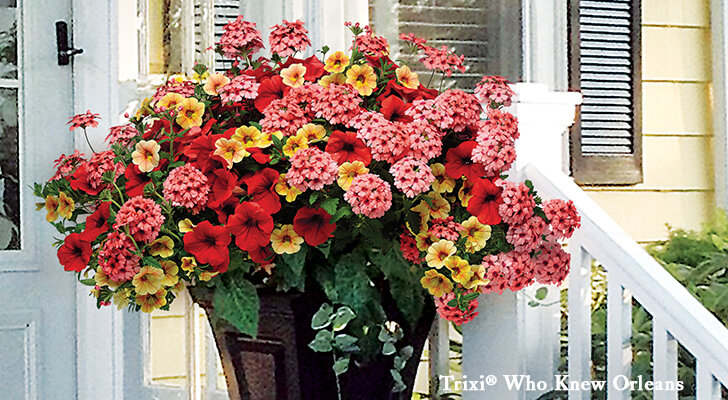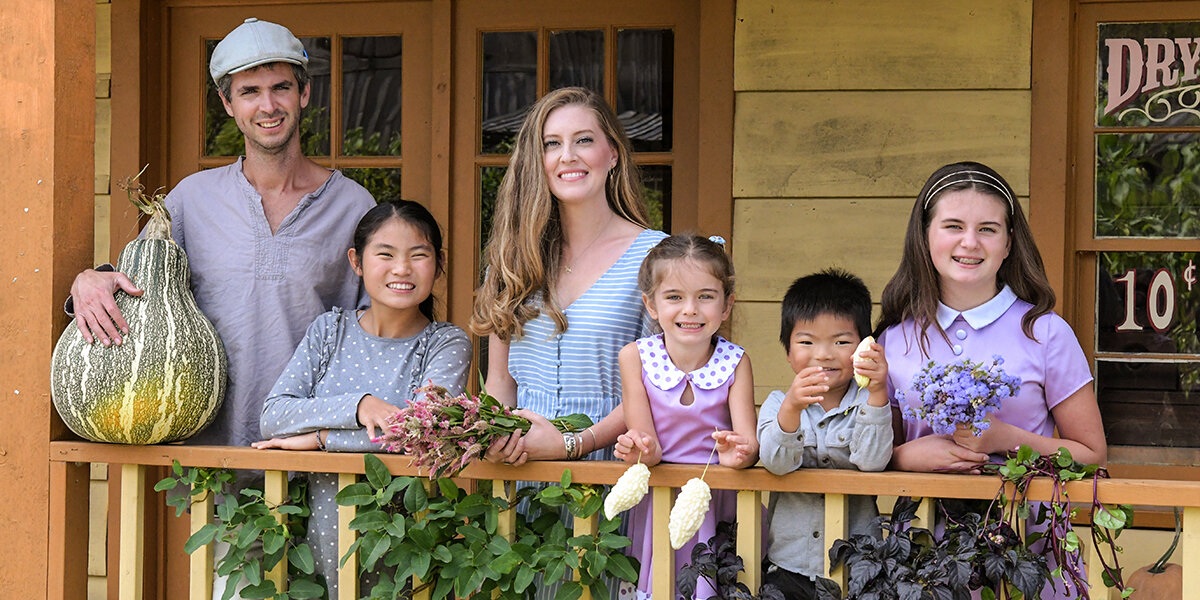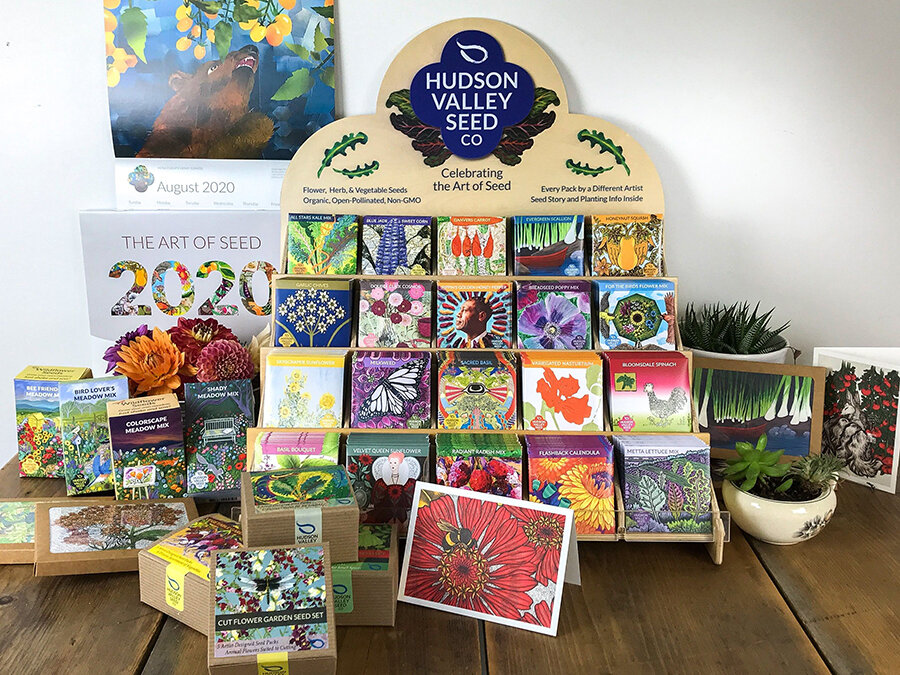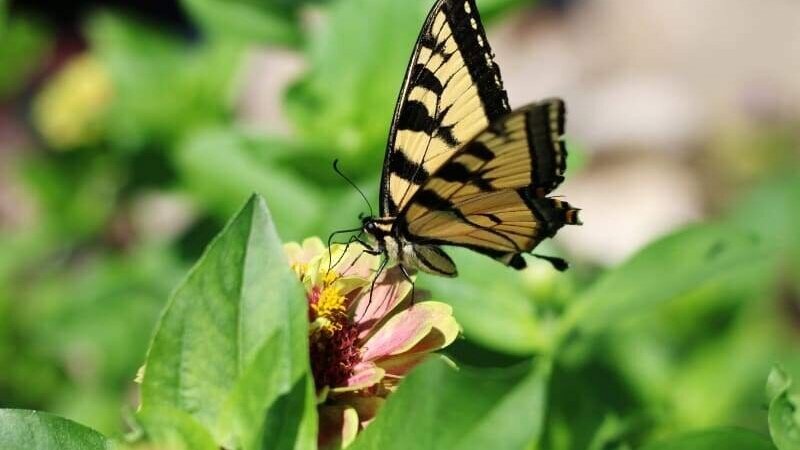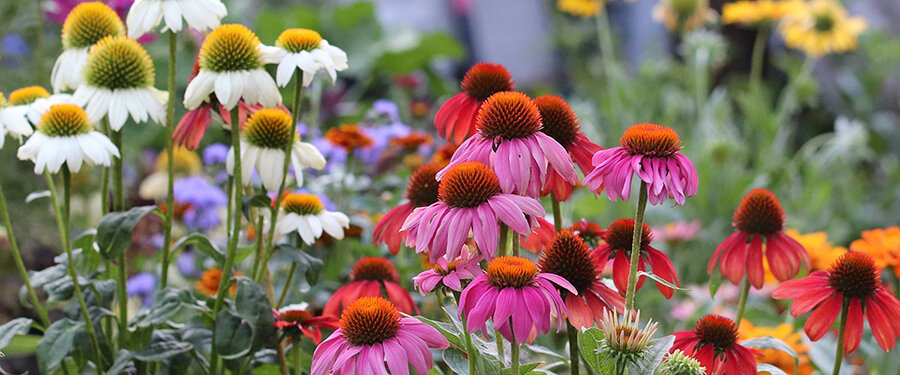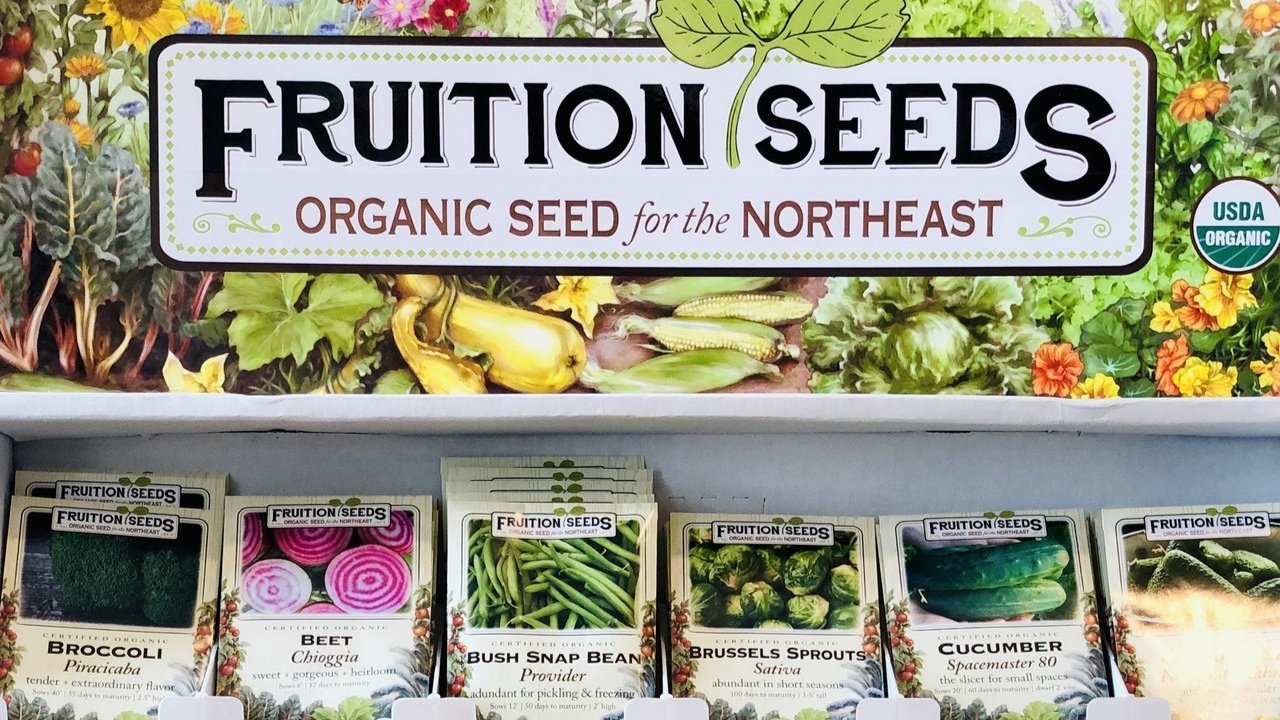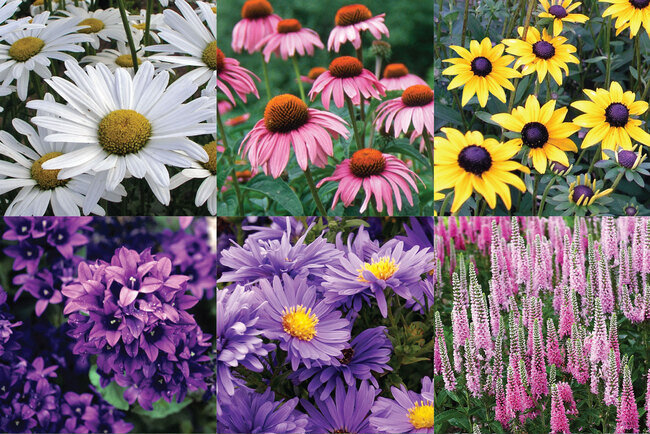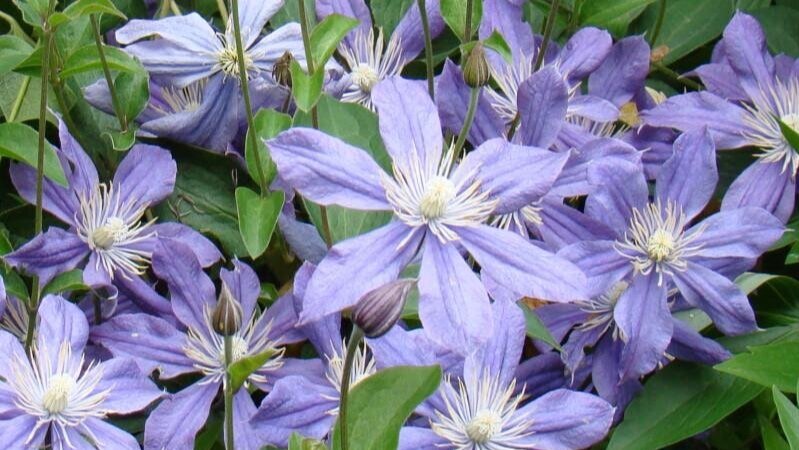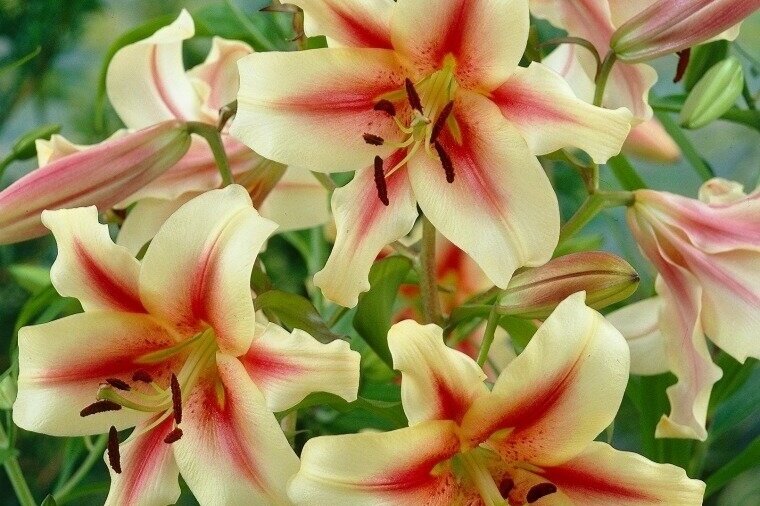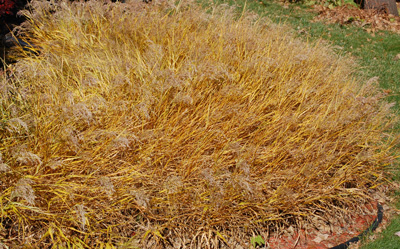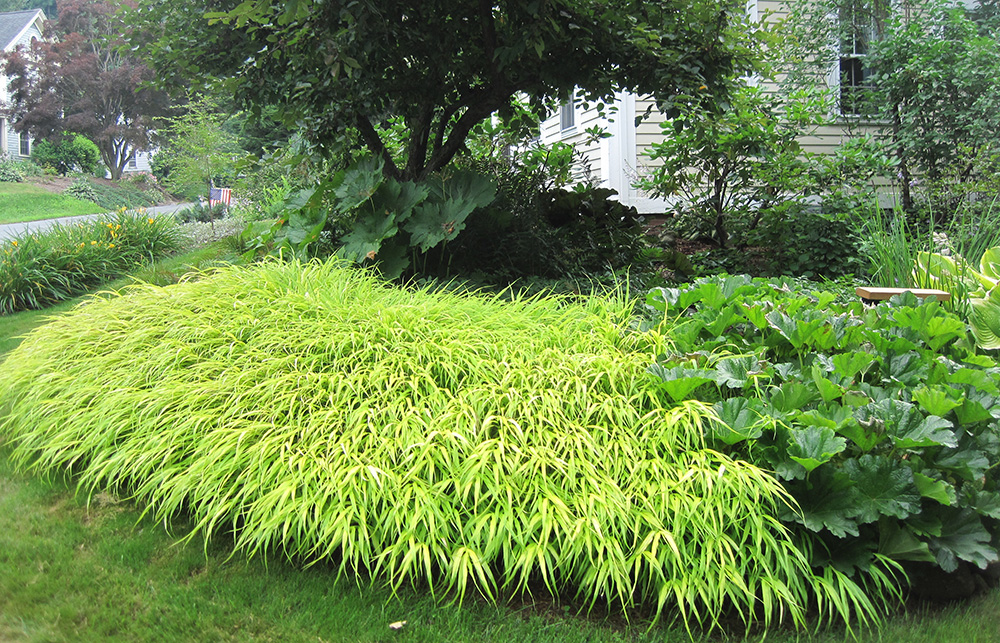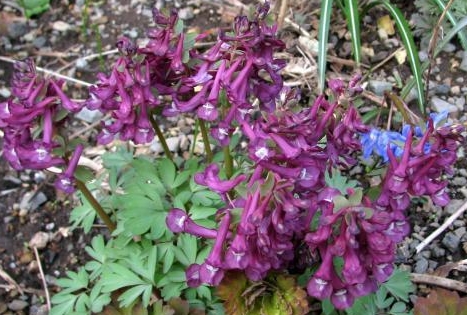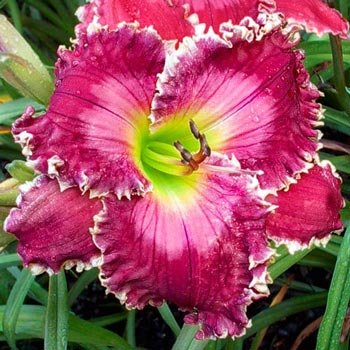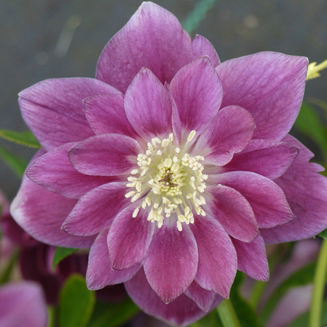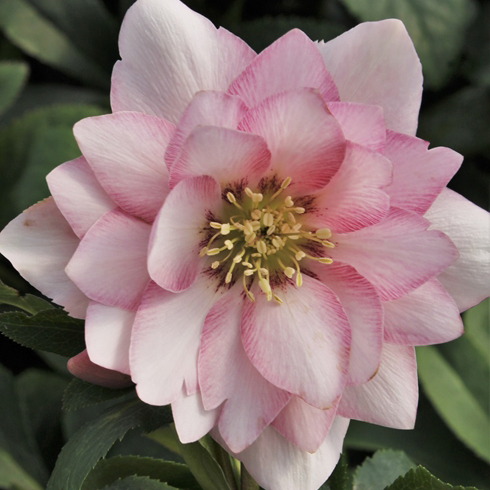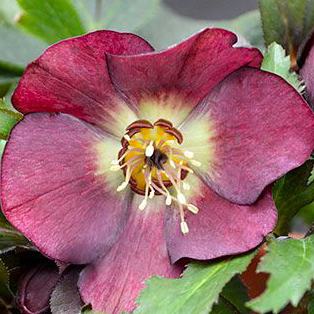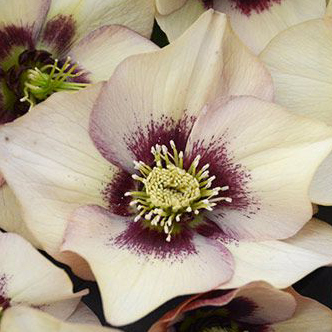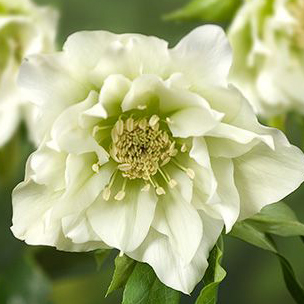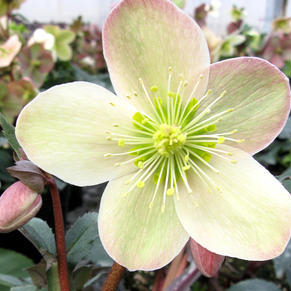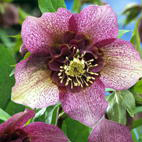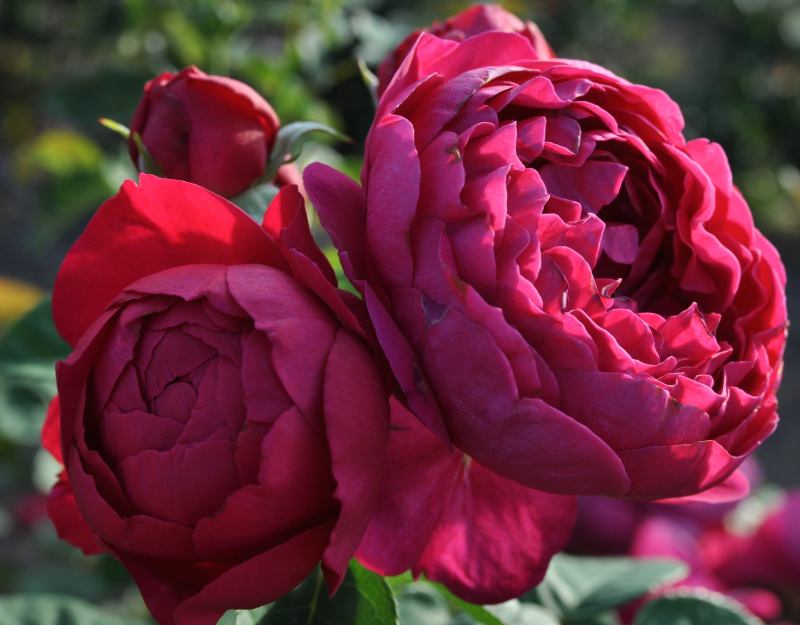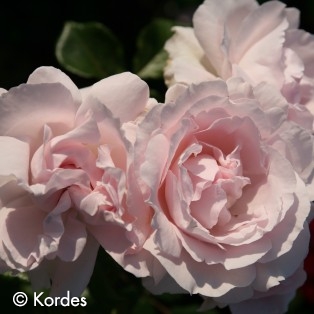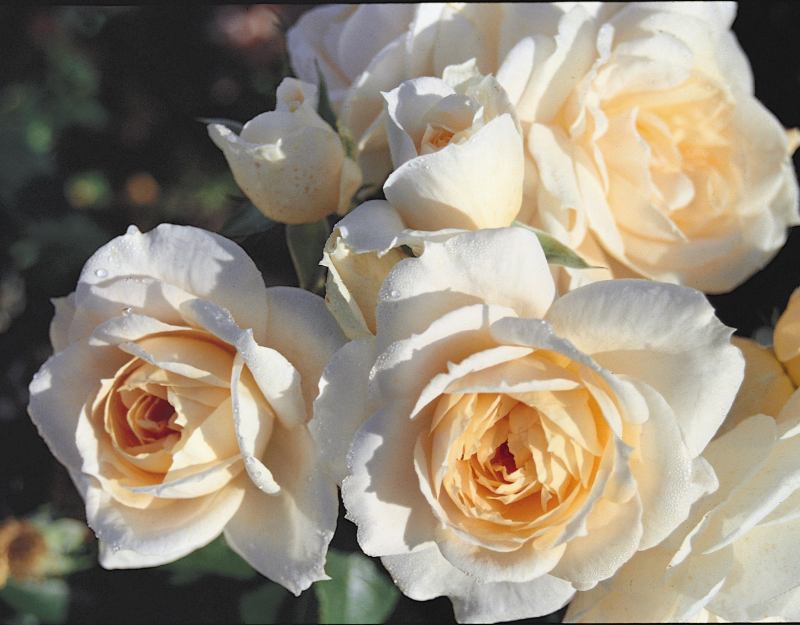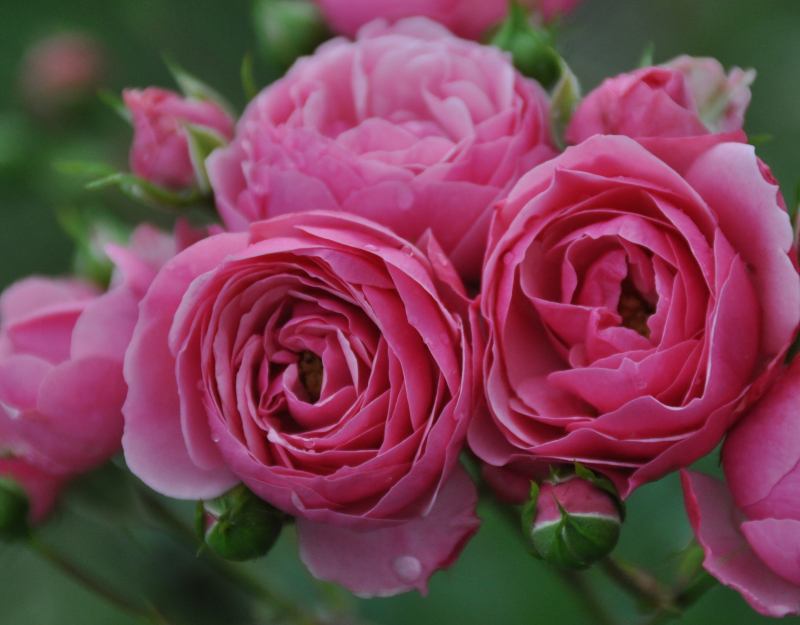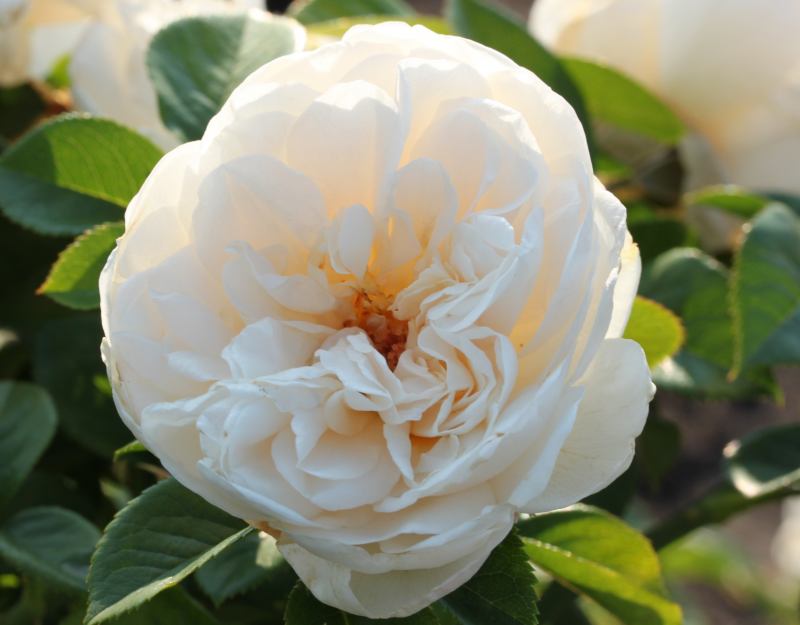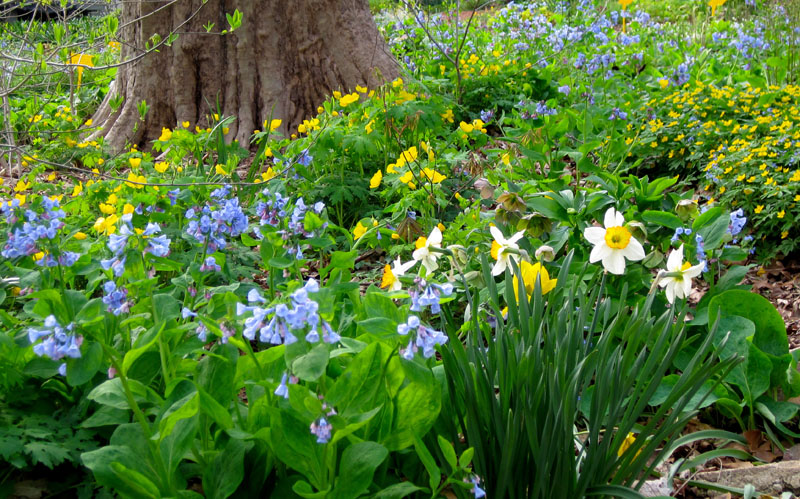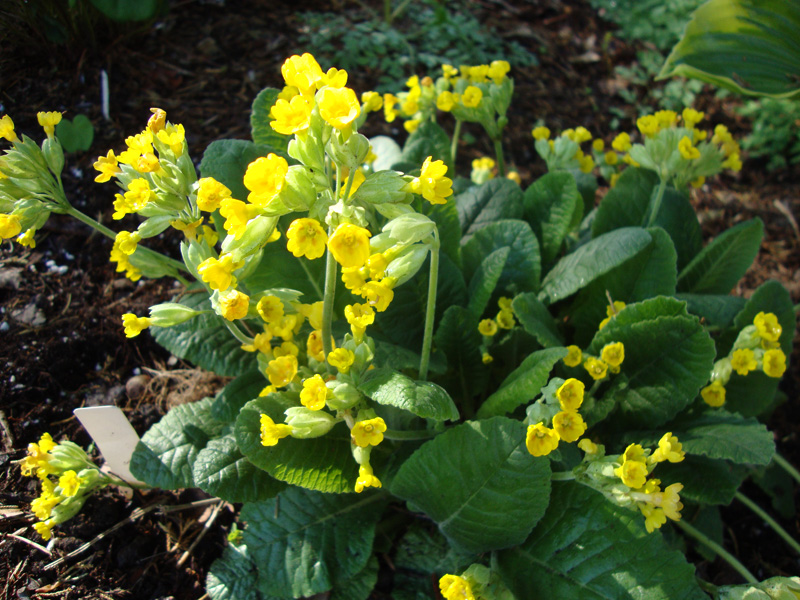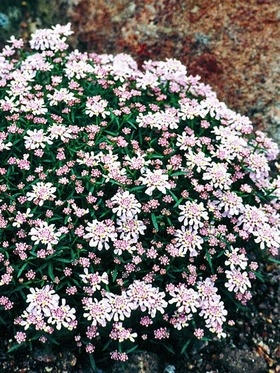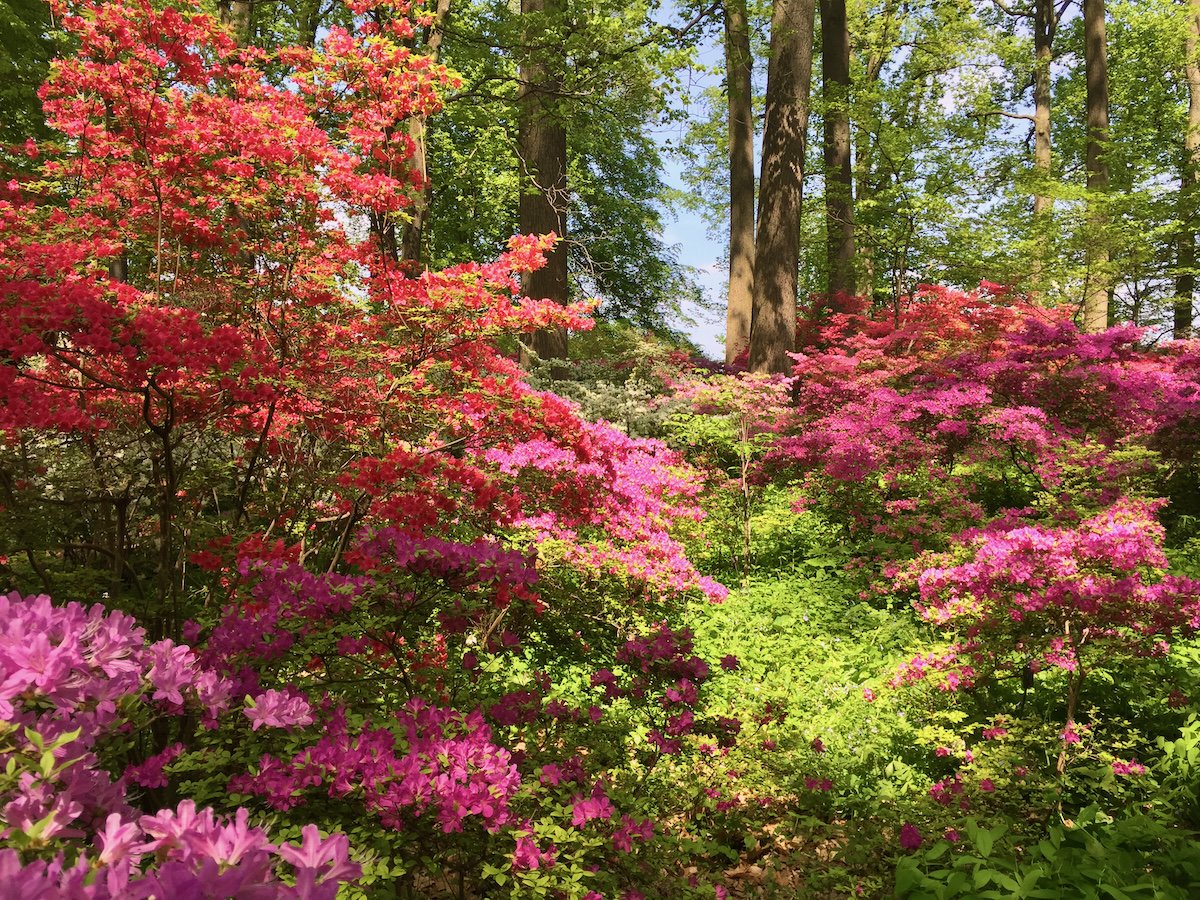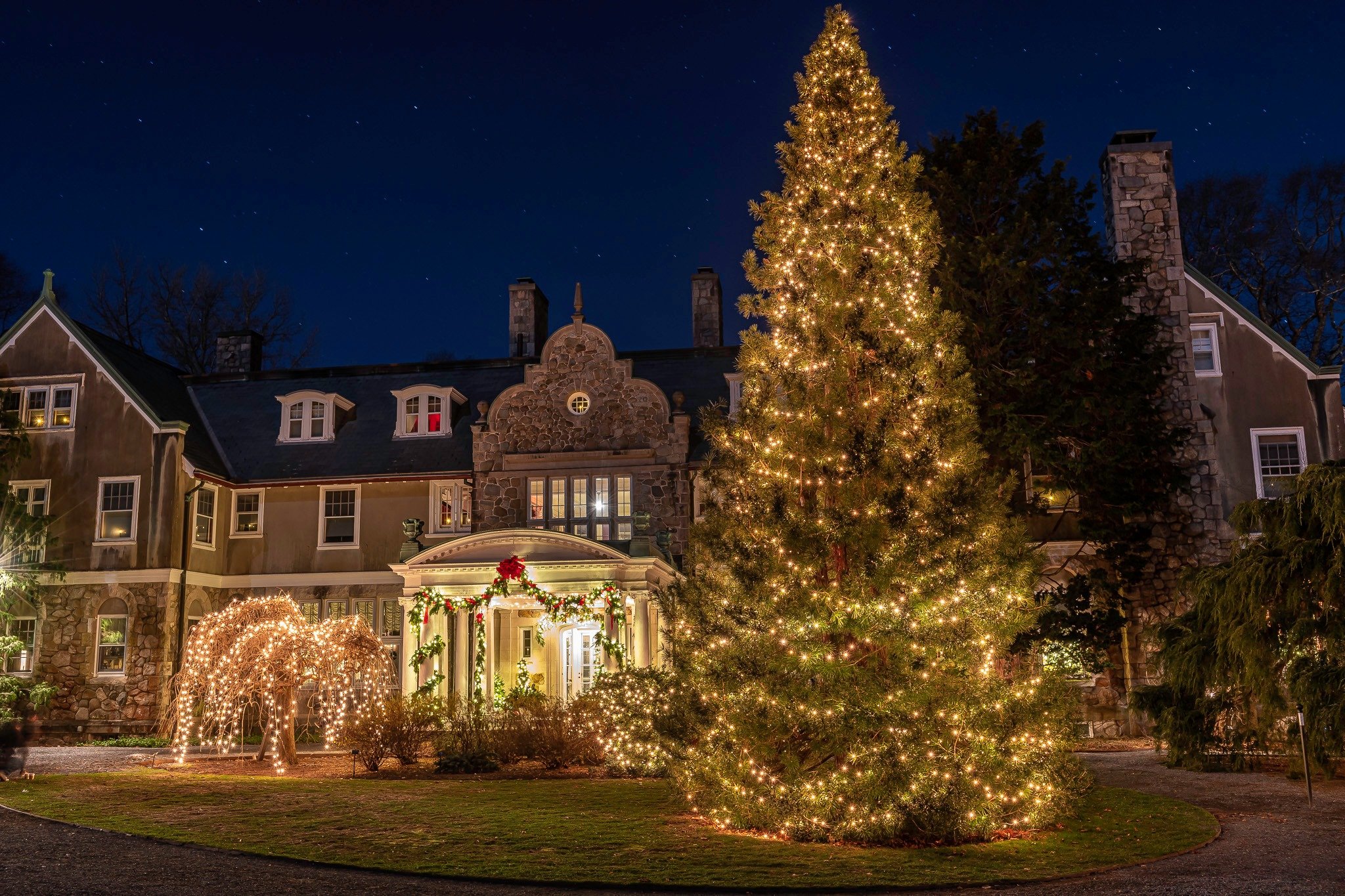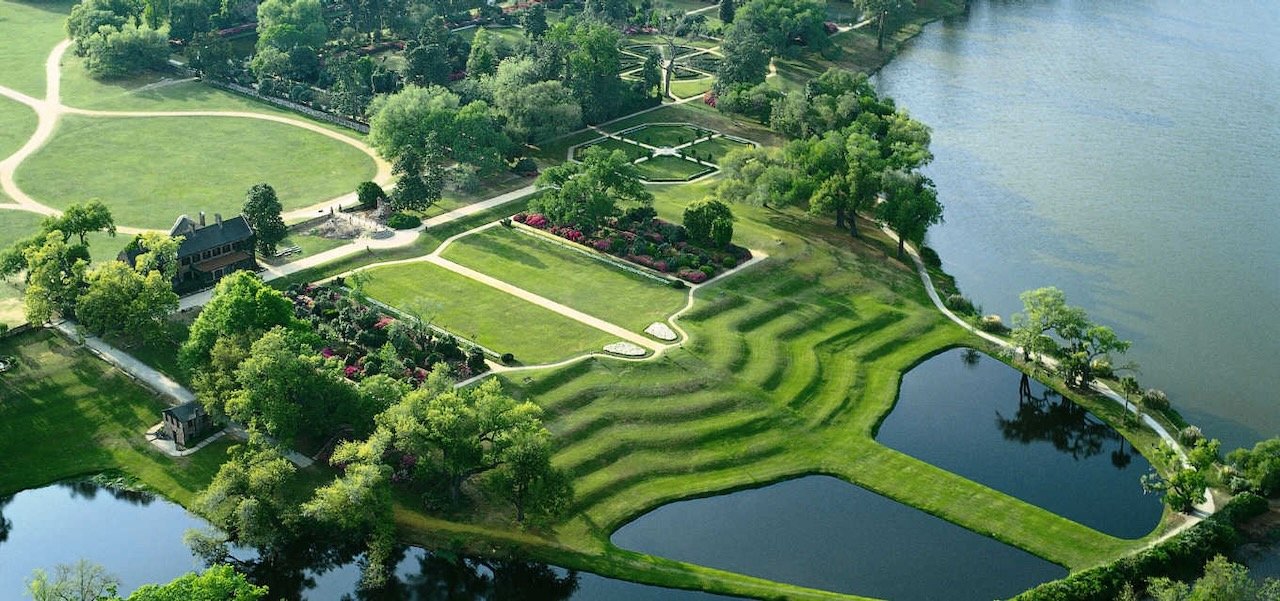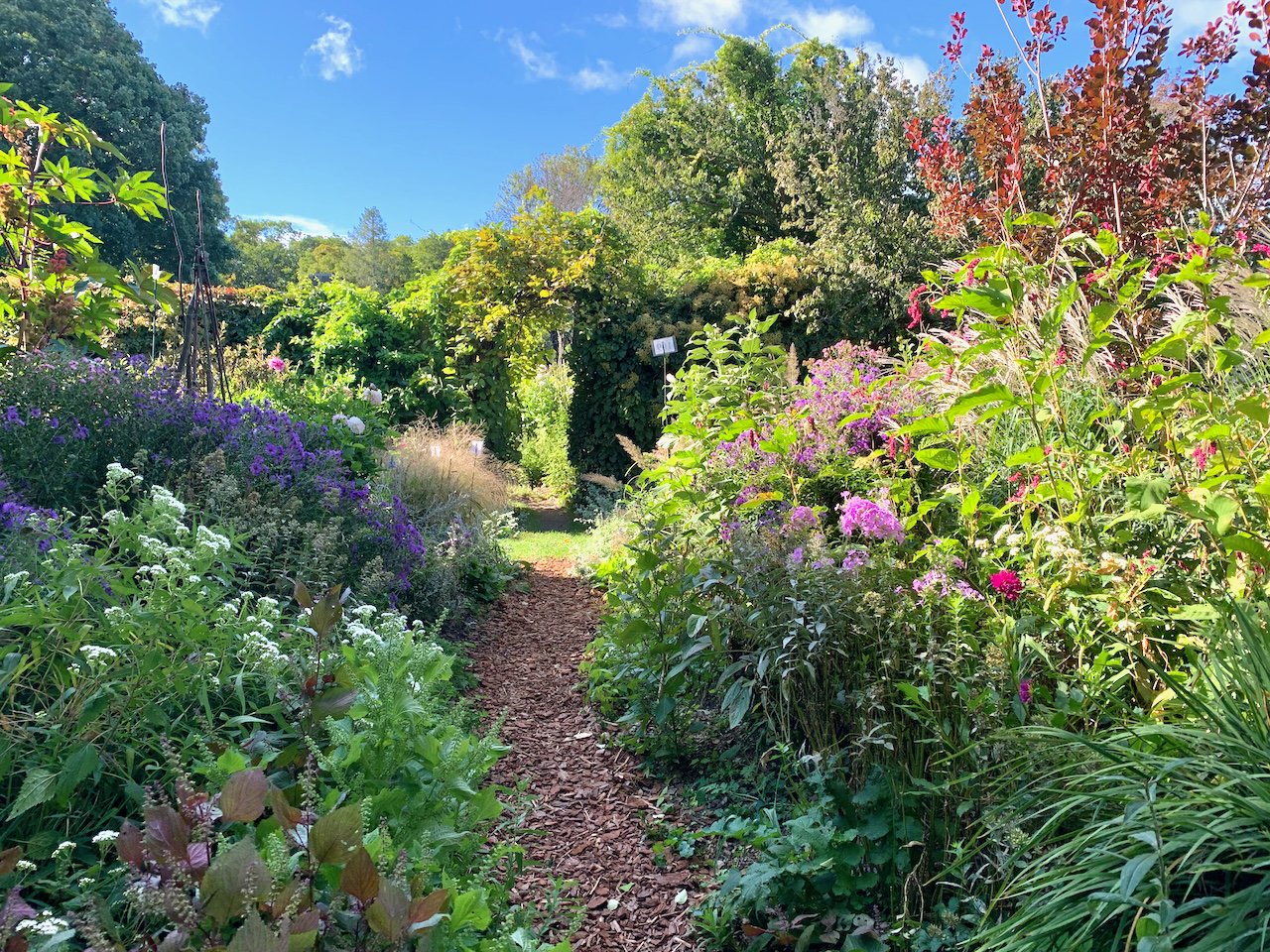12 Terrific Seed Companies for 2022
/Will you be growing vegetables this year, or starting a cutting garden? Here are ten terrific companies to order seeds from this year. Warning: you will have a tough time choosing a company to order from and narrowing down your seed selections!
(1) Park Seed
Founded in 1863, Park Seed has a long history of supplying vegetable and flower seeds to customers all over the US. You will find cutting and bedding flowers, organic vegetables, heirloom varieties, herbs, as well as garden-ready plants, fruits and seed-starting supplies.
(2) Baker Creek Heirloom Seeds
Baker Creek promotes and preserves our agricultural and culinary heritage by offering one of the largest selections of seeds from the 19th century, including many Asian and European varieties. A family business located in Missouri, you feel find their personal touch and photos of family and employees on their website and in the catalog. All orders have no shipping and handling charges in the US.
(3) Hudson Valley Seeds
Hudson Valley Seeds is best known for their Art Packs, which unite practical aspirations in the garden with the universal human desire for beauty, meaning, and joy. The company has its roots in the public library of Gardiner, New York. Co-founder Ken Greene, then working as a librarian, had been interested in the local food movement and, realizing there was little discourse about the seeds that grow our food, started the country's first seed library program in 2004. The more he delved into the subject, the more he realized that working with seeds was a way to work with issues concerning the environment, health, history, culture, and more, and Hudson Valley Seeds was born in 2008. The company offers heirloom and open-pollinated organic garden seeds only.
(4) Pinetree Garden Seeds
A family-owned business operating out of a 300 year old farmhouse in Maine, Pinetree offers more than 1300 varieties of seeds at low prices for the home gardener. Their seeds are sold in smaller packets so that you can try a larger variety of flowers or vegetables. All seeds are non-GMO. Their Bring in the Butterflies Collection includes annuals and perennials that will lure the butterflies to your garden. In addition to seeds, the company sells spices and teas, essential oils, soap-making supplies and other crafting materials.
(5) Johnny’s Selected Seeds
Also located in Maine, Johnny’s has been selling a diverse selection of vegetable and flower seeds for 45 years. In addition to seeds, they offer an impressive array of seed-starting and gardening supplies and tools for both homeowners and professional growers. The website has a terrific grower’s library section with lots of tips and resources.
(6) Renee’s Garden
Renee’s Garden is a company run by gardeners, for gardeners. Renee harvests and uses the vegetables and herbs in her kitchen to choose the most delicious, and cuts the flowers for bouquets to select the finest colors, forms and fragrances. She offers only non-GMO varieties of vegetables, herbs and flowers that are very special for home gardeners, based on great flavor, easy culture and exceptional garden performance.
(7) Swallowtail Garden Seeds
Located in California, Swallowtail has an impressive collection of flower seeds - both perennials and annuals. They even have a separate web page for flowering vines, if you want to try clematis, passion vine, cardinal climber, cup and saucer and many others from seed. You will also find heirloom vegetables and herbs. Shipping and handling is $5.99 for all orders.
(8) Burpee Seeds
When W. Atlee Burpee began selling seeds in the 1880s, he toured Europe every year, beginning in the south in early spring and making his way north, obtaining seed stock as he traveled. He found that most of the best vegetable breeders of the time were German, Dutch, and Scandinavian. By late summer he was in England, where he found the best flower breeders. He kept a field book of data and observations, and during the voyage home he studied all his notes. The field book, with corrections and deletions, became that year's Burpee catalogue. Not all European seeds performed well in America’s climate, so in 1888, Burpee bought a farm near Doylestown, Pennsylvania, and transformed it into a world-famous plant development facility. Successful plant hybridizing by Burpee has led to some of the best vegetable and flower seeds for American growers. Burpee also acquired The Cook's Garden 10 years ago, and now offers some of the best gourmet veggies, greens, and herbs from around the world.
(9) Floret Farm
If you are familiar with Floret Farm’s Cut Flower Garden book, then you will enjoy browsing through their extensive selection of cut flower seeds. Floret Farm is a small family-run flower farm in Washington that has earned accolades from numerous gardening and lifestyle magazines. I was bowled over by their gorgeous varieties and color selections of cut flowers that no other company seems to order.
(10) Botanical Interests
Owners Curtis and Judy started Botanical Interests because they believed that gardeners were not getting the information they needed on seed packets. Their created a unique seed packet that includes art, garden history, landscape ideas, organic gardening know-how, recipes, fun facts, and of course, high-quality seed. Botanical Interests’ website is also very user-friendly. You can search flowers, herbs and veggies by attributes such as cold tolerance, good for containers, attract hummingbirds or pollinators, color, height, and exposure. You can also download a seed-starting e-book from their website.
(11) Fruition Seeds
Located in the Finger Lakes region of New York, Fruition Seeds specializes in organic seeds that are adapted to thrive in the short seasons of Northern gardens, with early maturity, cold hardiness and disease resistance. With the exception of a few tomato varieties, all their seeds are open-pollinated heirlooms for you to save and share. Selections include both historical heirlooms as well as develop their own varieties.
(12) Baker Creek Heirloom Seeds
Baker Creek offers one of the largest selections of 19th century heirloom seeds from Europe and Asia, and its catalogs feature about 1,000 stunning heirloom varieties. Founder Jere Gettle started Baker Creek Heirloom Seed Co. in 1998 as a hobby, and it has since grown into North America’s largest heirloom seed company. In addition to seeds, the company sells, fruiting plants, flower bulbs, and garlic/onion starts.



